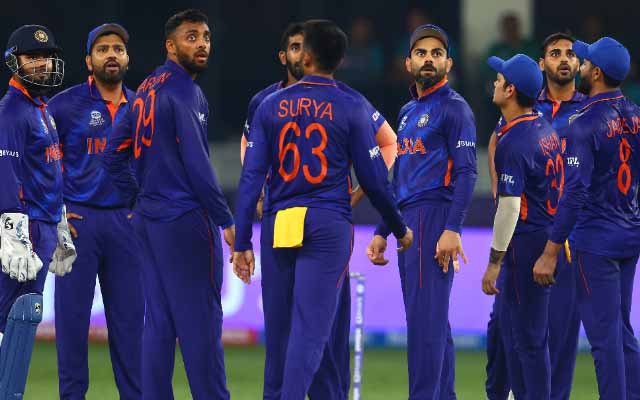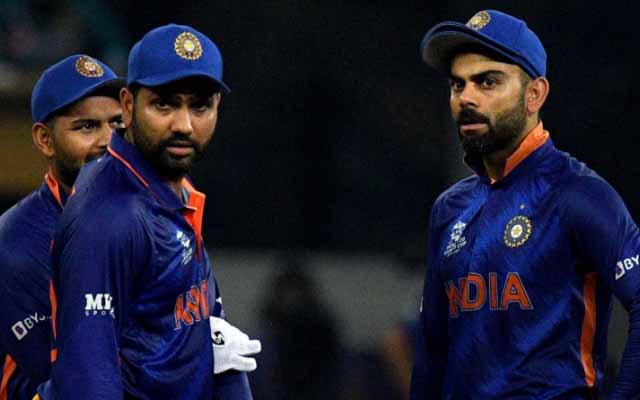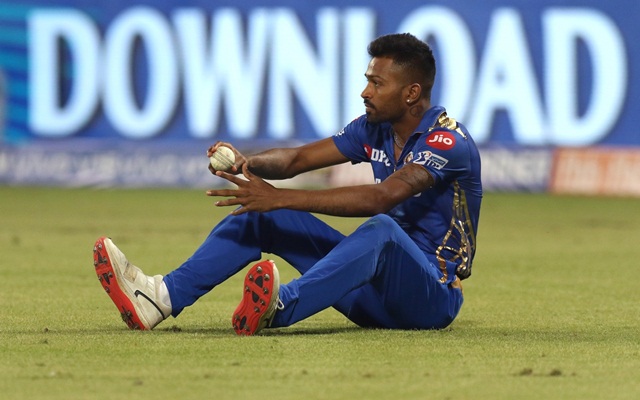
Well, now that India has lost their second match, to New Zealand, and are practically speaking, out of the World Cup, save a miracle, it’s time for the post-mortems to begin. But this article is not just another opportunistic “blame game” after a famous loss.
I had, even before the world cup began, pinned England and Pakistan as favourites, when almost all media, and international players, had labelled India as the favourites. I had placed India as the fourth or fifth best team, and that was being generous in my opinion. Yes, the toss was a major factor in India’s losses, but using that excuse belies several cracks in the Indian armoury. Let’s go through them.
Contrary to popular opinion, I consider this to be the biggest factor in India’s demise. Most people would think that the IPL cultivates talent, and is a boost for Indian cricket. But it is a detriment for a few reasons. One, it’s a great divider. It pits Indians against Indians, sometimes creating enemies and foes out of them. And the IPL, having completed just weeks before the world cup, meant the Indian team had no time to regroup under one banner, Team India.
And it showed; I barely saw players talking to each other while batting — they almost looked like robots sent out to bat. Yes, teams like Pakistan and England have their version of the IPL, too, but they wrapped those up a long time ago and then focused on international cricket. But in India, the IPL takes the highest priority, it seems.
The Selection

Team selection is generally a popular punching bag when a team loses. Let me take a punch, too. Where did the team selection go wrong?
First, it is not having a solid left-handed opener. In T20 cricket, the game is all about the foundation laid out in the first power-play, and the first ten overs. If a team is 80 for no loss at 10 overs, they are well on their way to a win. And a big part of that comes from a left-right combination. Look at David Warner and Finch as an example. And the best left-handed opener in the T20s (even in recent IPL form) is Shikar Dhawan. Especially in these tricky slow conditions, his sweeping and rotations would have proved game-changing. I’m not sure why he was left out. And I know Ishan Kishan was selected for that role— but why was he not played in the first ODI against Pakistan. Lefties are the best defence against left-handed bowlers like Shaheen Afridi, who destroyed the Indian top order.
Second, on a similar note, it’s not having a left-handed opening swing bowler. We have a very one-dimensional bowling lineup, all right-handers and all who bring the ball into the bat. It becomes too predictable. Again, I am not sure why someone like Natarajan was not picked. The selectors gave some vague reasons, but it is clear that the Indian mindset is to go through a “safe” totem-pole approach of selecting the star players, rather than thrust in fresh players who can make a difference in these conditions. Imran Khan was a prime proponent of this skill, introducing players into International cricket because he had a hunch they would do well, and they did.
And lastly, I feel the team was selected based on ODI and Test form — and not based on T20 specialists. Rohit Sharma, for example, is not an ideal T20 player. Even in ODIs, he takes 5-10 overs to find his groove, which can be all but match-losing in a T20. Was he picked on ODI form? Similarly, Pant has become more of a Test player recently— and is not suited for a role that Yuvraj used to play, come in and blast from ball one. Ashwin is another Test specialist, and I can name a few more, but this has been a general problem with Indian selection, not being able to choose “horses for the courses,” but going with the big names in one format for another format.
The Captaincy

While it’s easy to lay the blame on the captain after each loss, it would be fair to say that Virat’s captaincy is mediocre at best. He’s a great team player, he is motivated, he eggs his players and is a top-class batsman, which are all great qualities. And these have helped him in the longer formats, where shrewdness is not as key as it is in the shorter format.
But the key element missing in him is smart captaincy — the ability to make fielding changes on the fly, on a ball by ball basis, or bowling changes based on batsmen’s strengths and so on. He is generally off-handish on this front, often standing on the boundary, and rarely making any changes. Look at his captaincy record in the IPL, for example, where he has been given the best resources but always underperformed. In T20s, the game is so fast-paced, you need a shrewd captain to make those dozen smart moves that can edge a close game in your favour.
Captaincy also has another side besides shrewdness, and that is team selection. A good captain chooses players that match his vision, his strategy for the games. But I get the feeling that Virat lacks this, and hence the burden of selection falls on the selectors, who are mostly not attuned to the modern game.
With due respect, they are players who played many decades ago, and most, only a handful of games. There were some selection blunders on the last ODI world cup too, where Vijay Shankar was chosen, for example, in place of Rayudu— and the Indian middle-order was so brittle, it showed in the semi-finals, if not in the earlier stages.
The Baggage

Indian players have a lot of baggage and head-weight. After a few successes, either in the IPL or in Internationals, they become demi-gods. Look at players like Hardik. He is in the team as a finisher, but his ego has been built on his successes in the Mumbai Indians, and that creates a bigger head on his shoulders than what the position in the current team needs. In T20 cricket, you need players to carry the least baggage – to go express themselves without fear. And this is hard when you carry the weight of false expectations.
In moving forward with the T20 format, I hope the Indian team cuts away from ageing, heavy-headed players, and thrusts in fresh players with less baggage. A change in captaincy will also help, but India should minimize the effect of the IPL on their international ventures. Also, selectors using a more horses-for-course approach will greatly help.
Views are personal.
About the author:
Sid Katragadda is an award-winning Author, Poet, Artist and Filmmaker. He is also an avid cricketer, having played with greats like Rahul Dravid and Anil Kumble at college level, and who continues to play in the San Diego Cricket league.
from CricTracker https://ift.tt/3EHcPXW



No comments:
Post a Comment